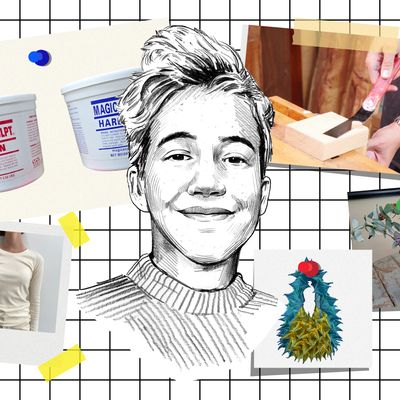
Photo-Illustration: The Strategist; Photos: Retailers, Joe McKendry
In my last Strategist Brain, I mentioned that I’d recently been gifted a subscription to Fine Woodworking magazine and that I was really enjoying it so far. Since then, I’ve been radicalized by Fine Woodworking. I’m having dreams about dovetail joints, and most of my purchases for the last two months have been wood or things with which to work it. I’ve been building a couple pieces of furniture with my partner, Warren, and we’ve had the same fight about hinges three times.
Making furniture yourself is kind of addictive if you have expensive taste but a low budget. The wood order for a cabinet and a console totaled about $275, which is less than you’d spend on the equivalent from Wayfair and a fraction of what you’d pay a professional to design and build a custom piece. The trade-off is that it takes a million hours and we’re not as good as the professionals. But I learn something every time! One tip for apartment DIYers in the five boroughs: Get your wood cut ahead of time at Dyke’s Lumber Yard, which charges $75 for the service. They will be kind of mean to you, but it’s worth it — when you get it home, all that’s left is assembly and finishing.
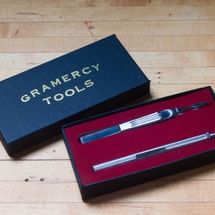
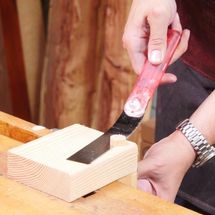
On a dead-end street on the postindustrial waterfront strip of Sunset Park, a few stores down from a slaughterhouse where, when I first visited, a confused, half-bald escaped chicken was strutting around on the sidewalk, is Tools for Working Wood, an incredible source for hand tools and fussy woodworking accessories. We visited to buy stain and finish but ended up also getting a professional splinter-removal kit (amazing gift for the person who fixes things around the house or anyone who’s tried to dig out a splinter with a dull pair of tweezers) and a Japanese flush-cut saw with a pink plastic handle, which came in handy for making our own pocket hole plugs.
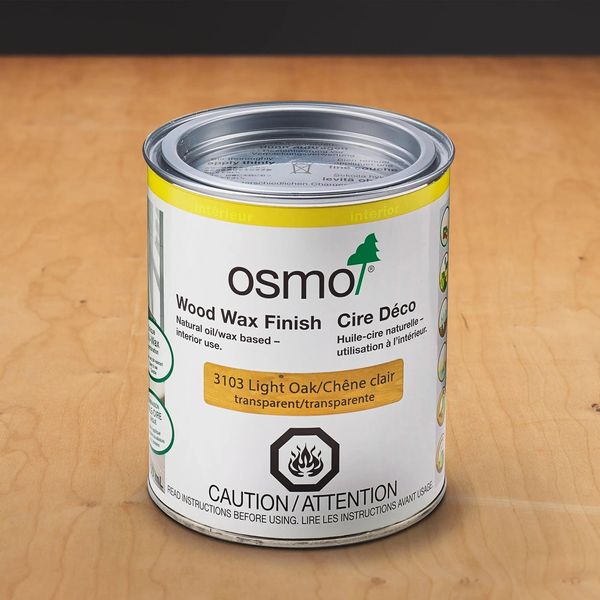
Photo: Retailer
We tried two other stains before deciding to use Light Oak by Osmo, a German company beloved by furniture nerds. Did it cost twice what a similar shade of Minwax cost? Yes. But if you look at it another way/use girl math, it’s an extra $10 for a stain that looks a million times better.
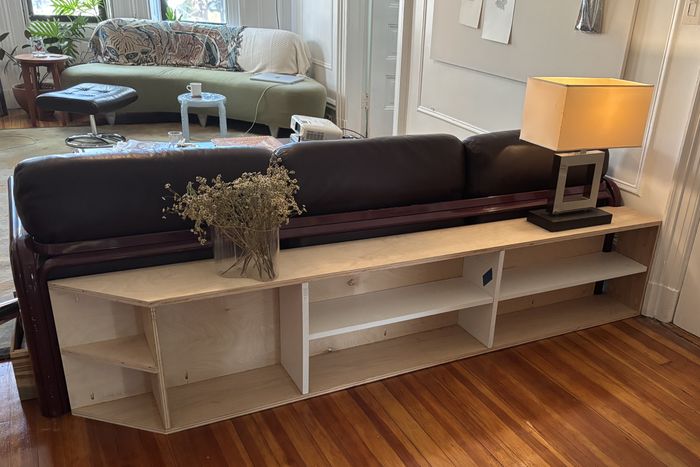
WIP console.
Photo: Erin Schwartz
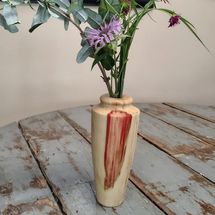
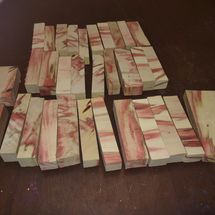
I found out about box elder via the Wood Database, an encyclopedia of specs for every wood species imaginable. This maligned, “weedy” tree produces red streaks when it’s injured — the bright flame color looks like paint or dye but is naturally occurring. (It reminds me of Kristen Stewart’s red-tipped Met Gala hair from a few years ago.) You can find boxes, bowls, and a lute on Etsy, or buy your own blanks.
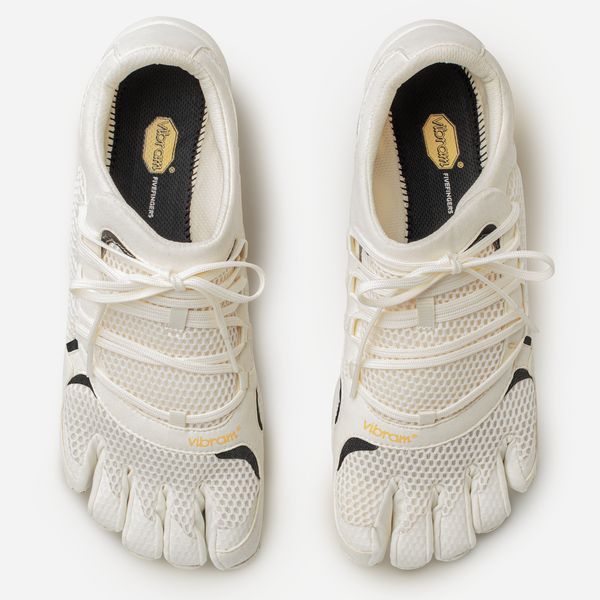
During New York Fashion Week last month, I noticed a surprising trend: Everyone was wearing toe shoes. I’d been rocking them for a few months, and they have exploded among fashion people. I love them as the endpoint of a certain line of inquiry in shoe design, one that started with Margiela Tabis — after FiveFingers, you simply cannot subdivide the foot any further.
I own two pairs, both of which cost about $40 from eBay, and can attest that they are surprisingly comfortable. (I do pad the heel with a plantar fasciitis insole.) If I were to get a third pair, it would be these Roadaround shoes — I love the wide-set laces and chunky sneaker sole, which is blasphemy to barefoot-shoe evangelists but great for me.
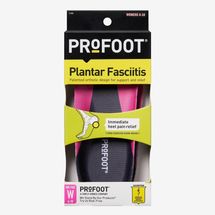
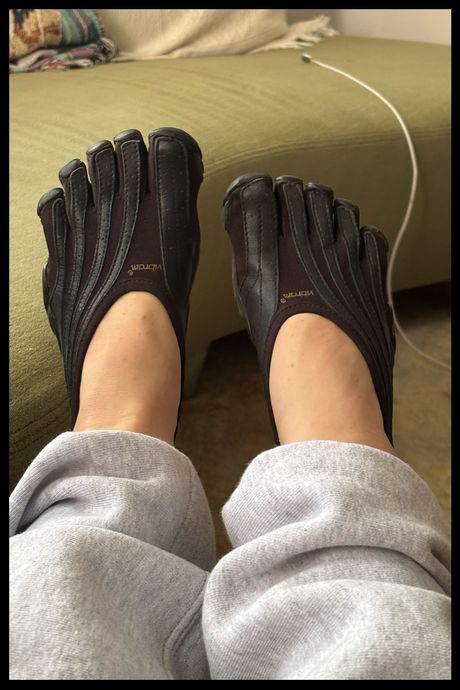
Vibram FiveFingers from eBay.
Photo: Erin Schwartz
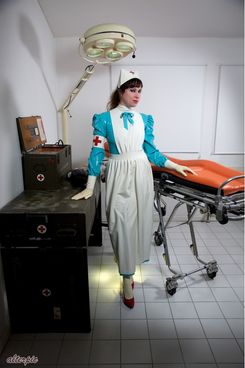
Photo: Retailer
I’ve been searching for years for a latex garment you could wear as fashion. Two things I’m looking for: loose, almost conservative shapes (the form-fitting stuff is so sweaty that it’s unwearable after a few hours) and a lot of detailing, since the material makes every seam and flounce look so juicy and cartoonish. This “Florence Nightingale” costume would be sick for Halloween. But stay with me — you could order it in a different color and thicker-gauge material (thinner-gauge material is what makes latex costumes look costumey), nix the hat and armband, and wear it to a fun, weird event. Imagine it with a big wool coat and loafers.
I’ve said it before and I’ll say it again: if you want good sub-$100 cashmere, skip Uniqlo and buy secondhand. I wrote in a recent Secret Strategist about this incredible run of Banana Republic sweaters made of 85 percent silk, 15 percent cashmere with the cut and drape of a long-sleeve tee, all for around $20. Look for a narrow, non-ribbed hem for a T-shirt-like fit.
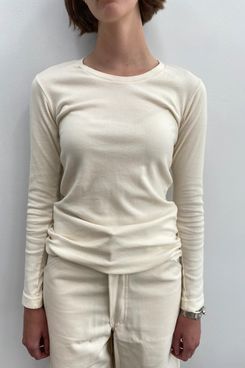
Photo: Retailer
I also really like this 100 percent organic cotton baby rib tee from Unbleached Apparel, which is such a charming and fun idea for a single-concept store.
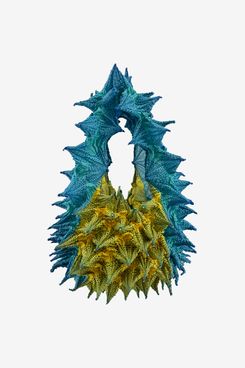
I found out about Indonesian brand Fuguku from Strategist sleep writer Amelia Jerden. Its colors and patterns are next-level, and I especially love the strap bags and pet clothes. You can find them at the L.A. store HEXI (House of Explore Indonesia); the brand’s web store has a wider range of colors and sizes, but since tariffs went into effect and the de minimis loophole closed, I am mourning how much harder and more expensive it’s become to buy goods from small designers overseas.
Last Strategist Brain, I wrote about buying five pounds of air-dry epoxy clay Magic Sculpt from the Compleat Sculptor (a.k.a. the basement full of marble below the Chelsea Container Store) to use for a ceramic-stool DIY project. The stool is done and turned out better than I could have expected! Above is a starter kit if you want to make it yourself. All you need is a beat-up stool.
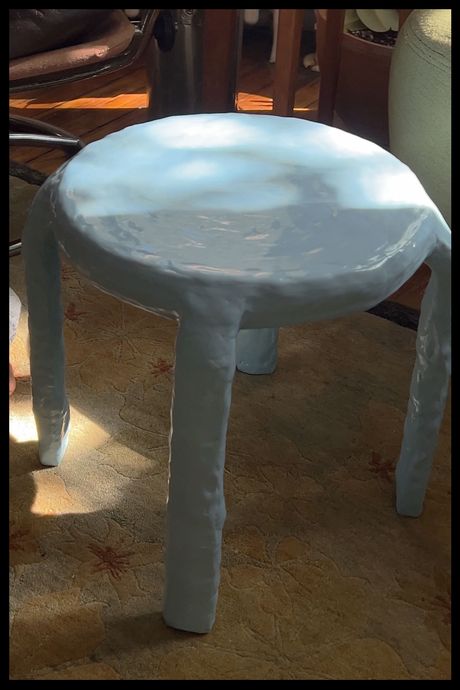
Magic Sculpt stool.
Photo: Warren Heller
get the strategist newsletter
Actually good deals, smart shopping advice, and exclusive discounts.
Vox Media, LLC Terms and Privacy Notice
See All
The Strategist is designed to surface useful, expert recommendations for things to buy across the vast e-commerce landscape. Every product is independently selected by our team of editors, whom you can read about here. We update links when possible, but note that deals can expire and all prices are subject to change.


AloJapan.com